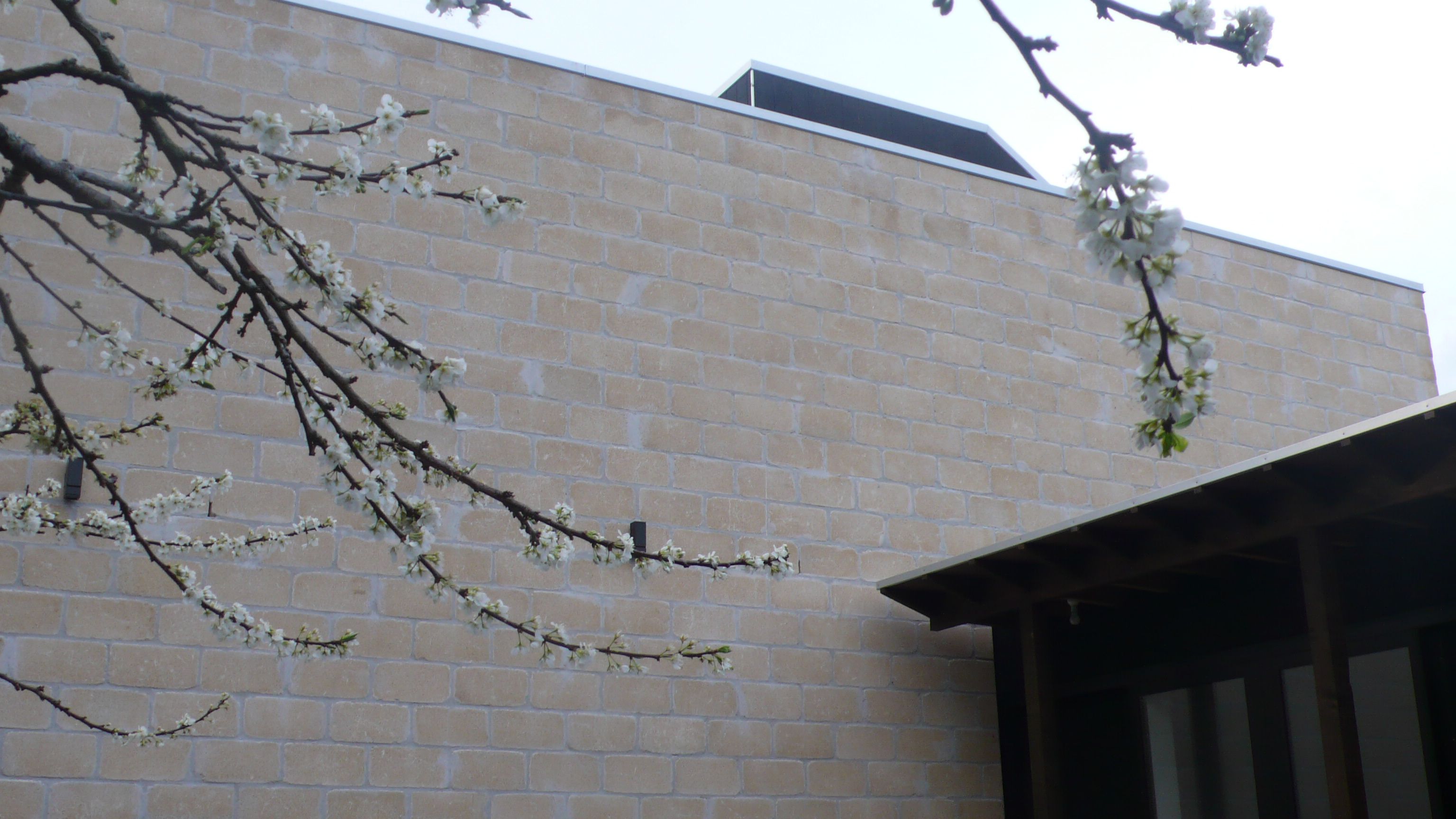Word has it that 5000sqm is the minimum site area per person required for self sufficiency.
On suburban sites, with average areas of around 500sqm, obviously this falls well short of any possibility of going it alone, for the average family.
This means we need to look at the bigger picture, beyond our own backyards, for green initiatives.
Cities are about economics, and collective efficiencies of scale.
A popular way to be green these days, is to insulate buildings and orientate them to face the sun path, to make best use of solar gain.
Insulation is a relatively low cost and effective solution, however it is not always possible to get the maximum sun exposure exactly where you need it, if your site faces the wrong way, or if trees or other structures on adjacent sites block sun access.
So what are some of the less obvious ways that we can be green?
Here are 10 for starters:
- choose a location close to shops, schools, work and any other amenities that you need access to.
- if you cant be close to amenities improve your access by being close to public transport routes
- if you have to build a garage make it one car instead of a double [it is more affordable, and this may mean cutting back to one vehicle, which is even better]
- reduce room size and floor area [less area means less build cost, it will also cost less to heat in winter, and it will leave you with more site area to build that minor dwelling unit, to help with the housing shortage, when these become in vogue again]
- design the outdoor spaces as first priority [we love the outdoors, barbecues, and entertaining, so focus on creating great outdoor living spaces above all, It is more affordable to build courtyards and patios, it doesn’t require a building consent, and you can get creative with landscaping and garden features]
- harvest rainwater [water is a limited resource, it is expensive off public supply, and you are going to need lots of it to maintain those landscaped outdoor spaces]
- plant fruit trees [natives are cool, but are better in the bush. Fruit trees provide food]
- use electricity instead of fossil fuel [gas is great for cooking but it is expensive to reticulate and fossil fuels are not a sustainable option].
- use hot water storage cylinders [on demand systems are harder to manage on the grand scale].
- task and mood light spaces [there are no rules for minimum general lighting levels in houses so don’t overdo it if you don’t have to].
![mitchinsonsimiona [architects]](https://myarchitects.co.nz/wp-content/uploads/sites/31/2014/10/LOGO-e1412148808468.jpg)
